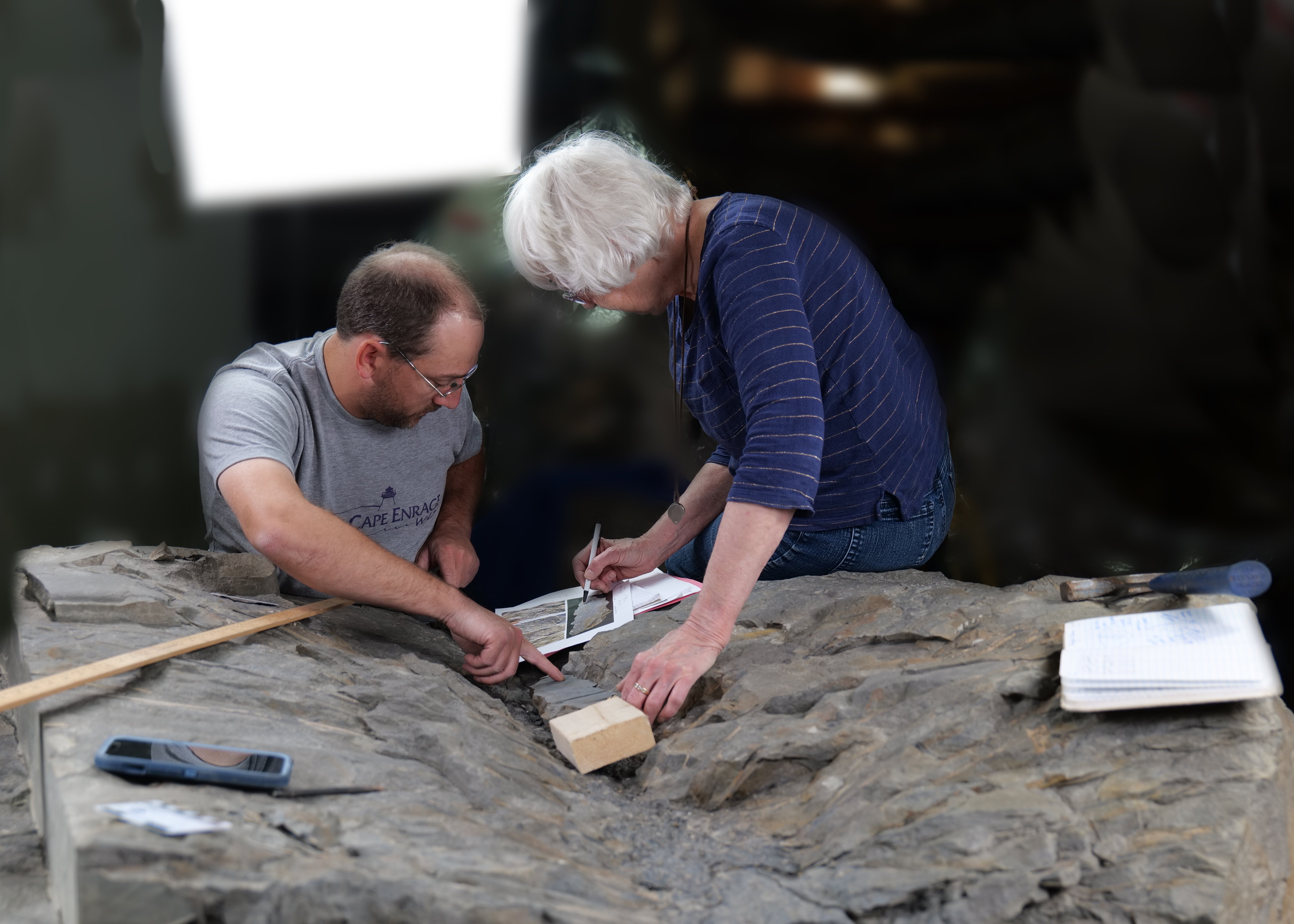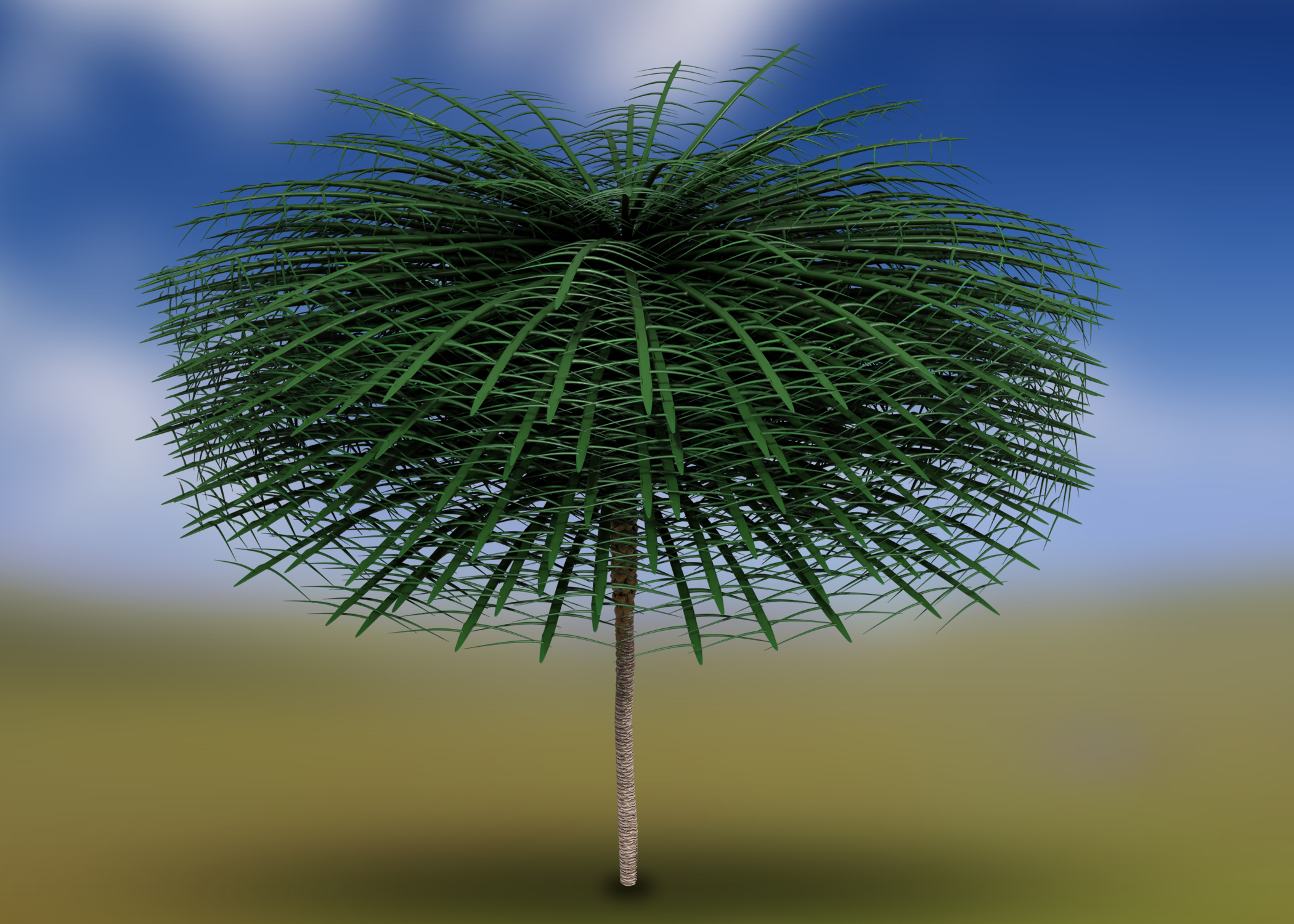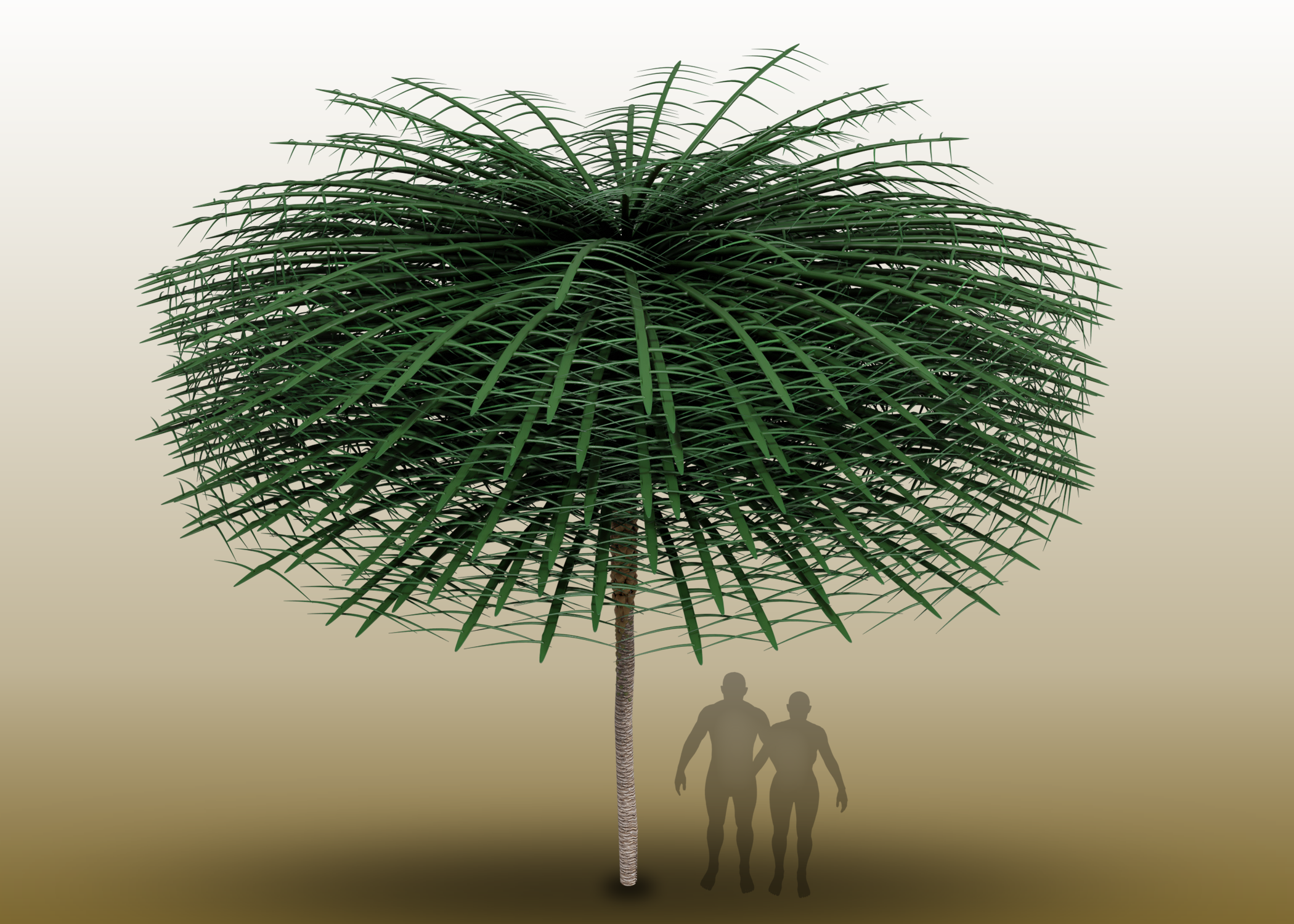Scientists discover trees from 350m years ago that look completely alien
‘The history of life on land consists of plants and animals that are unlike any of those that live at the present’


Scientists have discovered trees from 350 million years ago looked like “something from Dr Seuss’s imagination” and are “unlike any of those that live” in the modern day.
Research carried out on a fossilised tree species called Sanfordiacaulis from New Brunswick, Canada revealed a unique three-dimensional crown shape.
Tree fossils are usually only preserved with their trunks, however, in a groundbreaking study using a fossil from millions of years ago that had preserved its leaves, scientists discovered ancient trees had similarities to palm or fern trees.

“The way in which this tree produced hugely long leaves around its spindly trunk, and the sheer number over a short length of trunk, is startling,” says Robert Gastaldo of Colby College in Waterville, Maine.
“We all have a mental concept of what a tree looks like, depending on where we live on the planet, and we have a vision of what is familiar.”
“The fossil on which we report is unique and a strange growth form in the history of life. It is one of evolution’s experiments during a time when forest plants underwent biodiversification, and it is a form that seems to be short-lived,” he added.

One of the specimens revealed how the leaves departed from the top of the tree, which makes it “absolutely unique.” It’s one of only a few in a fossil record spanning more than 400 million years in which a trunk is preserved around which the crown leaves are still attached, the researchers say.
Another feature that makes the ancient tree fossils stand out is the preservation of its crown leaf.
“Any fossil tree with an intact crown is a rarity in the history of life,” Gastaldo said.
The researchers report that the tree likely relied on its unusual growth form to maximise the amount of light it could capture and reduce its competition with other plants on the ground.
They suggest the tree now represents the earliest evidence of smaller trees growing beneath a taller forest canopy.
It means that plant life in the Early Carboniferous period was more complex than expected, suggesting Sanfordiacaulis lived at a time when plants were “experimenting” with a variety of possible forms or architectures.

Scientists say they are a reminder that millions of years ago there were trees that existed that looked unlike any we have ever seen before and some as though they may have come from the imagination of Dr. Seuss.
Prof Gastaldo said: “The history of life on land consists of plants and animals that are unlike any of those that live at the present.
“Evolutionary mechanisms operating in the deep past resulted in organisms that successfully lived over long periods of time, but their shapes, forms, growth architectures, and life histories undertook different trajectories and strategies.
“Rare and unusual fossils, such as the New Brunswick tree, is but one example of what colonised our planet but was an unsuccessful experiment.”
Join our commenting forum
Join thought-provoking conversations, follow other Independent readers and see their replies
Comments